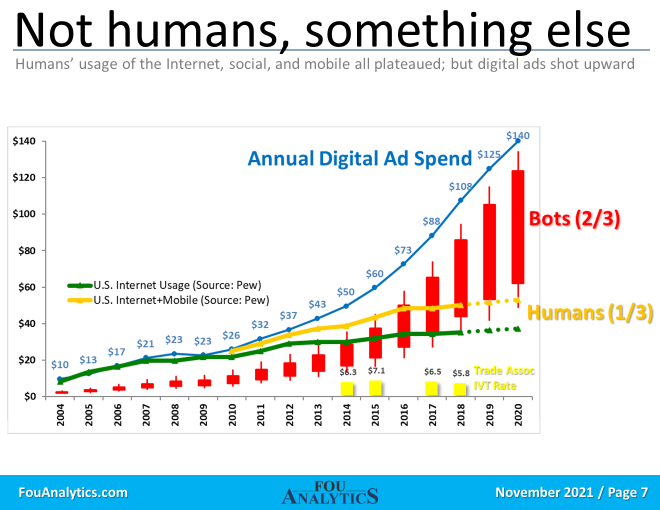"Uber and Phunware's unredacted lawsuit. Oh boy."
reddit.com/r/adops/commen…
Every single detail below is the same as every other company committing ad fraud, but labeled "valid" bc of failed detection by verification companies.
reddit.com/r/adops/commen…
Every single detail below is the same as every other company committing ad fraud, but labeled "valid" bc of failed detection by verification companies.
Phunware is a public company
PHUN (NASDAQ)
PHUN (NASDAQ)
"In order to defraud Uber, ... Defendants engaged in a multi-year fraud scheme, which among other laws, violated the federal criminal wire fraud, interstate transportation of funds
obtained by fraud, and racketeering statutes, as well as common law fraud."
obtained by fraud, and racketeering statutes, as well as common law fraud."
"Defendants purportedly purchased ad placements on behalf of Uber, which were in fact not real ads, were illegitimate ads, and/or were prohibited ads, such as “auto-redirects” or ads placed on prohibited sites such as pornographic websites."
"Defendants instead caused to be written, wrote and ran masking software known as “scripts” to alter the names of the sites or apps where the ads allegedly appeared in order to trick Uber into believing the advertising was legitimate."
"Defendants caused to be provided and provided so called “transparency” information to Fetch, knowing it would be submitted to Uber, containing false information as to where the ads allegedly appear."
"Defendants engaged in similar mobile advertising fraud with at least three other nationally known companies."
"Phunware is a Delaware corporation with its principal place of business in Austin, Texas. Phunware formerly was known as “Tapit.” The Uber account was Phunware’s largest single source of revenue."
Tons more detail in the lawsuit document, read it for yourself. Practically every detail shows you how ad fraud is STILL being perpetrated on unprecedented scale.
This is 2019 folks. Digital ad spend is at its highest point ever; and so is ad fraud - both in dollars and rate of
This is 2019 folks. Digital ad spend is at its highest point ever; and so is ad fraud - both in dollars and rate of
Phunware, Inc. is registered under the ticker NASDAQ:PHUN . Their stock opened with $10.00 in its Dec 27, 2018 IPO.
Investors before the IPO vs poor suckers who bought the stock after the IPO
Investors before the IPO vs poor suckers who bought the stock after the IPO

• • •
Missing some Tweet in this thread? You can try to
force a refresh







